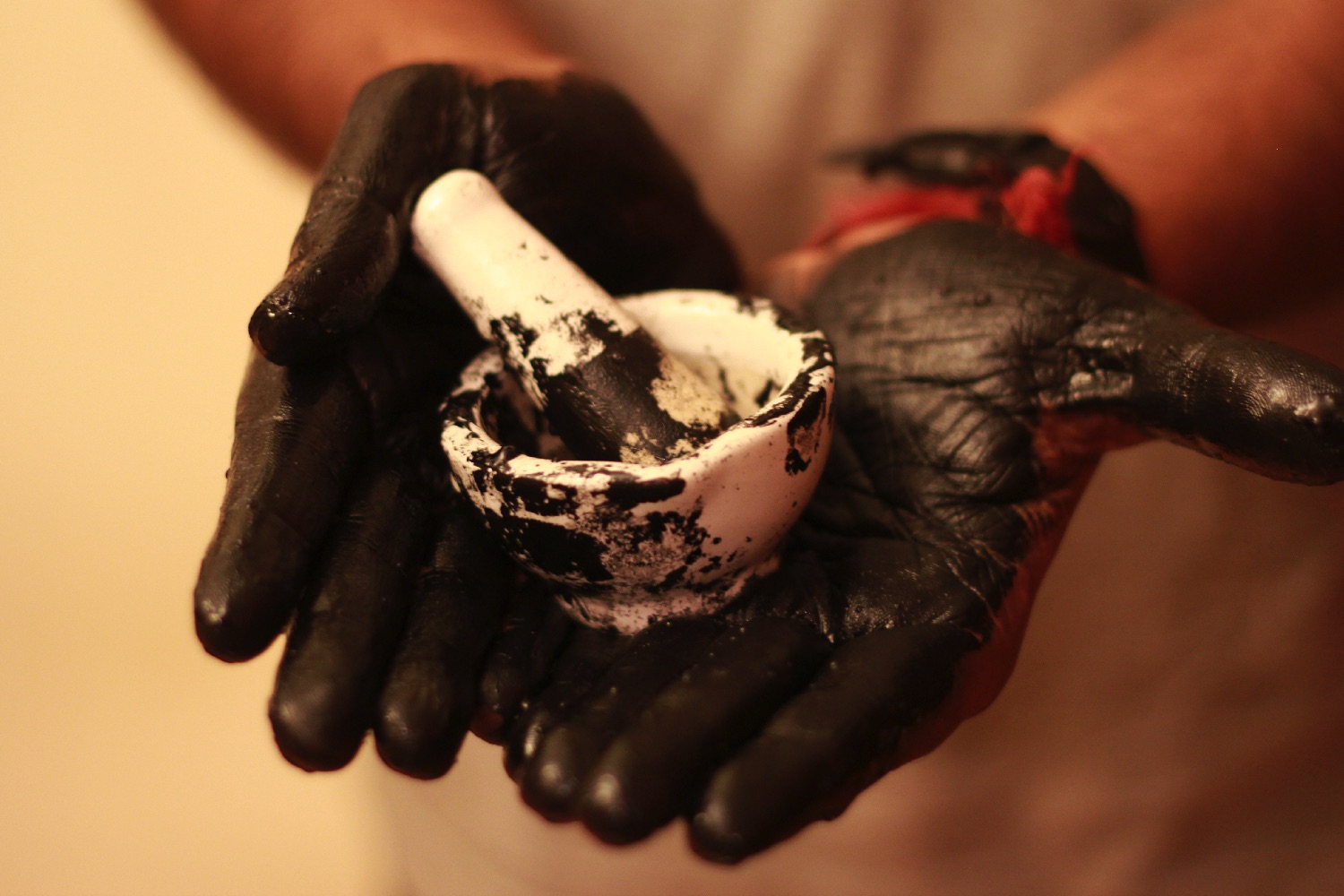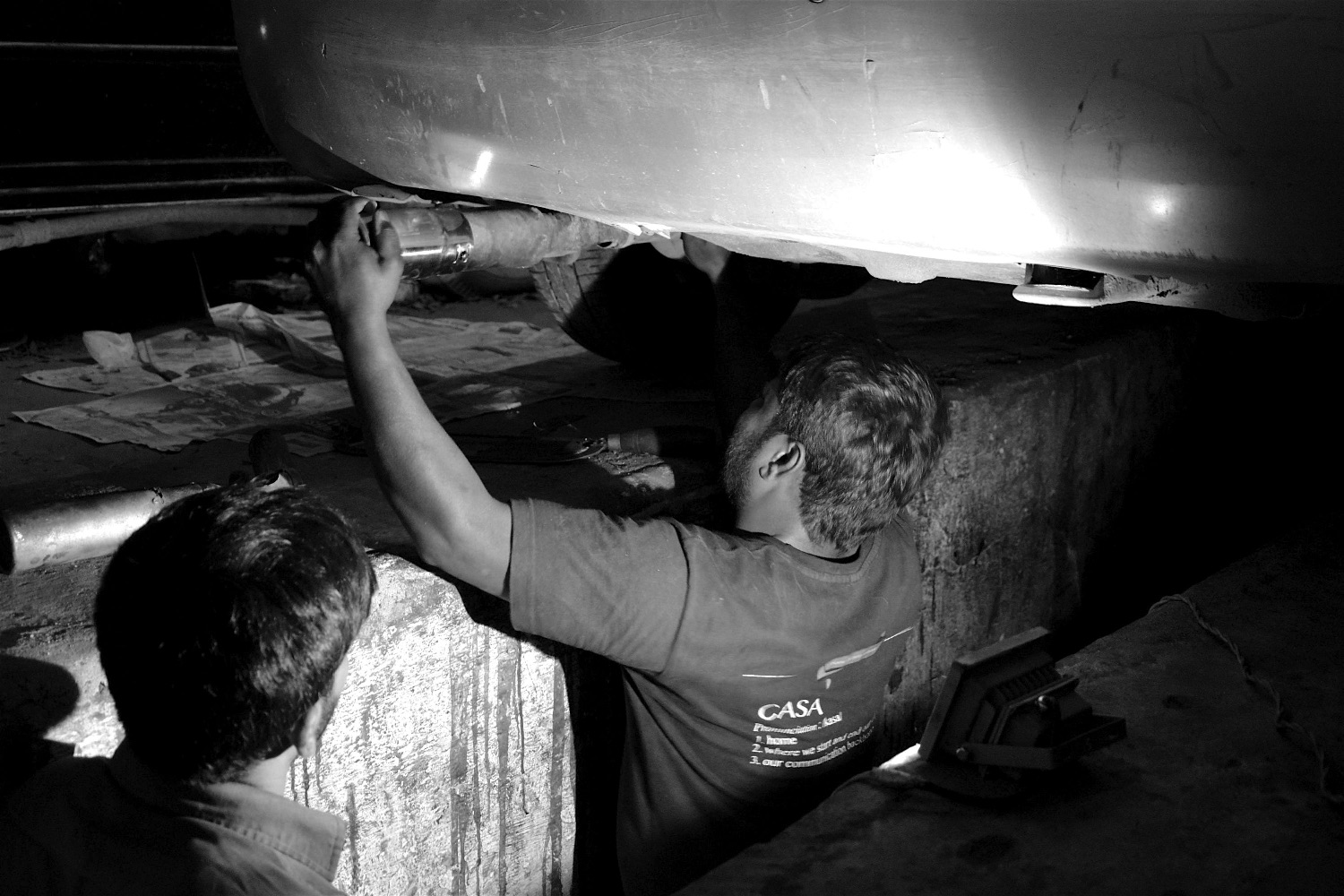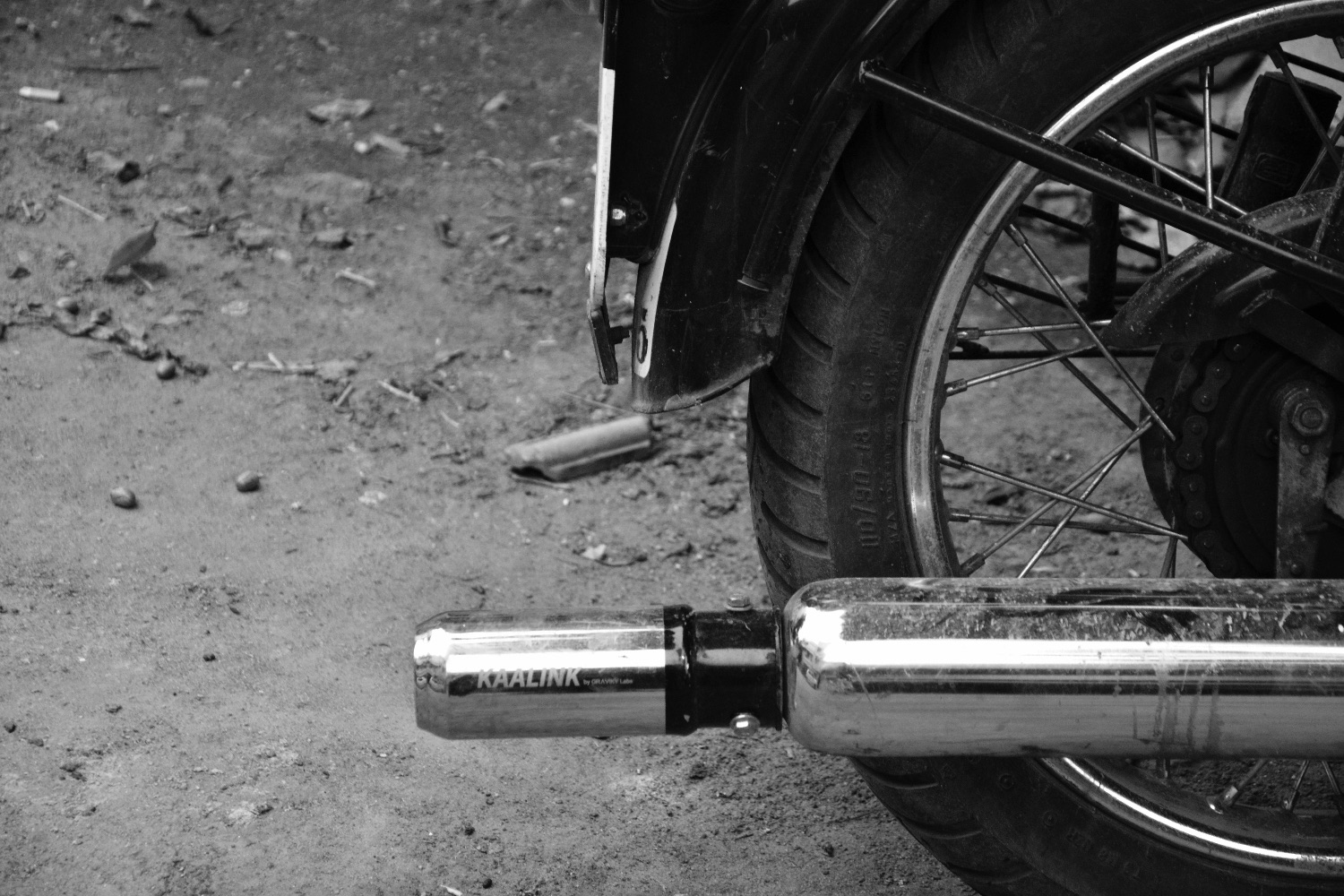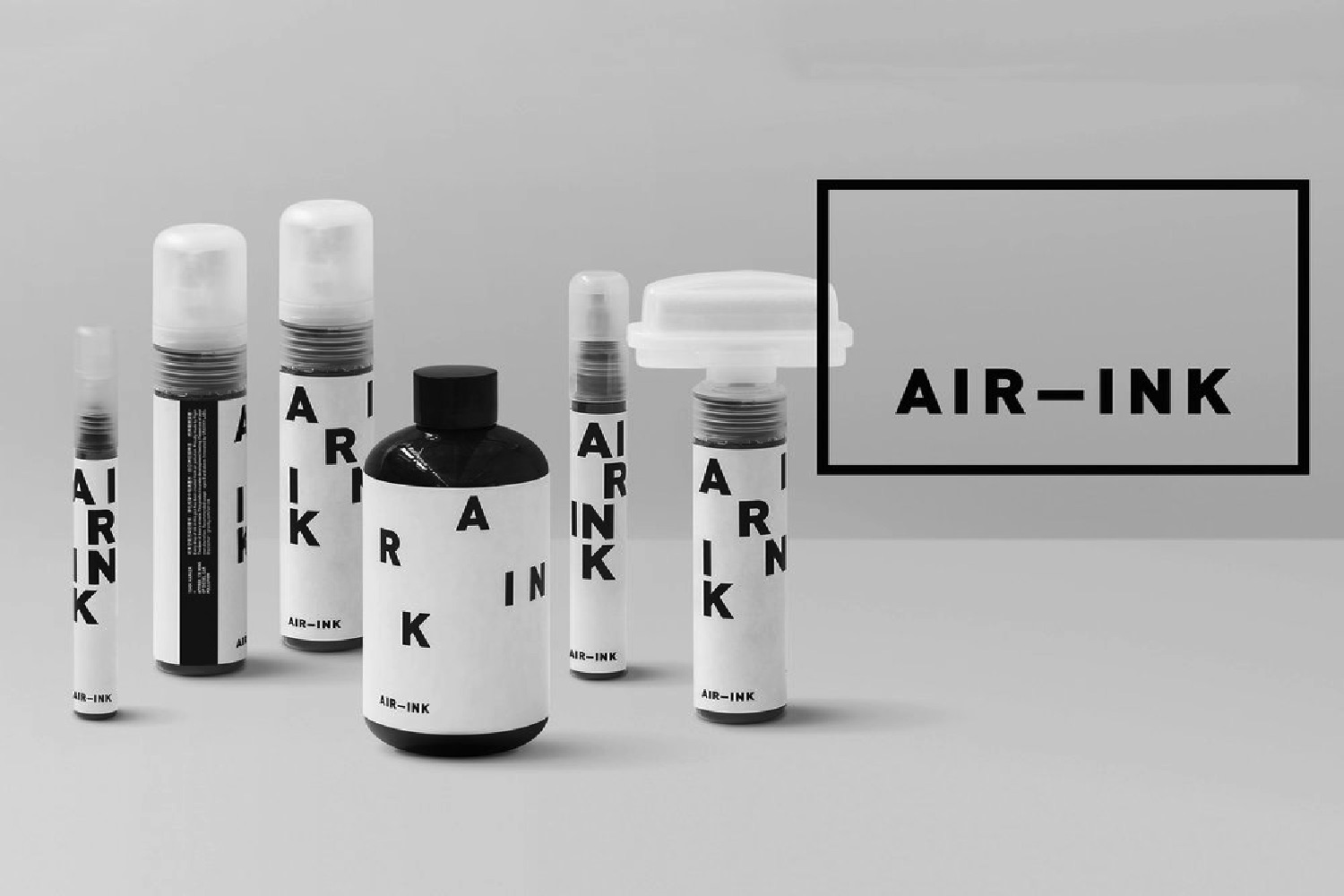Unless you ask the folks behind Graviky Labs, that is. They found a way to recycle air pollution — which causes more than 7.2 million deaths each year — by using a proprietary method to transform it into something you can write with. The fluid ounce of ink needed to fill a pen can be gathered from 45 minutes of car emissions, courtesy of Graviky’s smart process, developed while the founders were studying at the Massachusetts Institute of Technology.
“We started as a small DIY experiment while at MIT Media Lab 3.5 years ago,” Anirudh Sharma told Digital Trends.
The research involved repurposing the soot particles produced by almost all air pollution sources. In the original iteration of the project, a soot-catching pump was connected to an HP C6602 inkjet cartridge and Arduino to become a 96dpi print platform.
“Since then we’ve taken our system through numerous iterations and eventually made something that’s deployable,” Sharma continued. “In 2016, we partnered with Tiger Beer to do an art campaign, which received further positive feedback. [Following that,] thousands of artists, environmentalists, and nature lovers have written to us to bring these inks to them.”
The result is a new Air-Ink Kickstarter campaign, which offers the innovative ink to customers for the first time. Five different grades of Air-Ink have been produced for the project, with the product being applicable to everything from fabric and outdoor paints, to screen printer, oil painting, and markers.
It functions as both a neat science exercise and a provocative statement on pollution. As Sharma notes as part of the campaign, “Each stroke made with Air-Ink arrests particulate matter, which would have otherwise ended up in the lungs of common people. Scaling this is saving lives.”
If you’re interested in finding out more, you can pre-order a bottle of Air-Ink for $25, with higher price points also including entire printing sets. Shipping is set to take place in June.







